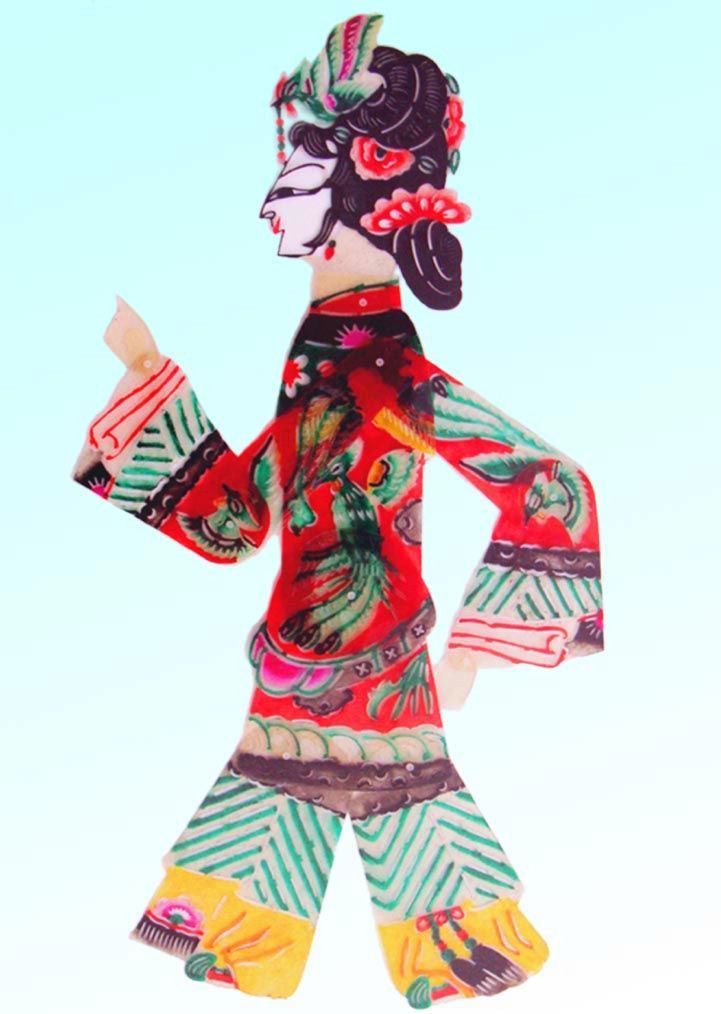

TRADITIONAL STORYTELLING, DIALECTS AND ETHNIC LITERATURE IN CHINA PEKING OPERA AND ITS HISTORY, MUSIC AND COSTUMES ĭECLINE OF CHINESE AND PEKING OPERA AND EFFORTS TO KEEP IT ALIVE įOLKLORE, OLD STORIES AND ANCIENT MYTHS FROM CHINA VILLAGE DRAMA IN THE 19TH CENTURY CHINA ĬHINESE AND PEKING OPERA STORIES, PLAYS AND CHARACTERS TYPES OF CHINESE THEATER AND REGIONAL OPERA MUSIC, OPERA, THEATER AND DANCE ĬHINESE OPERA-THEATER AND ITS HISTORY Some troupes have become world famous, playing to packed houses at home and on foreign tours. Troupes have been established in the provinces, autonomous regions, and special municipalities, and theaters specifically dedicated to the variety arts have been built in major cities. Since 1949 these art forms have gained new respectability. As these troupes traveled around the countryside, they developed and enriched their repertoire.


Later, many of these feats were incorporated into the traditional theater, and they continued to be performed by itinerant troupes. 220) and were very popular in the imperial court. “Variety arts, including tightrope walking, acrobatics, animal acts, and sleight of hand date back at least as far as the Han dynasty (206 B.C.-A.D. During that time, it is known that the shadow puppeteers formed their own guild. Textual evidence of the shadow theater is available from the Song Dynasty (960–1279). On the other hand, it may be possible that shadow theater in China was born during the Tang Dynasty (618–907), when the Buddhist monks and missionaries visualised their didactic storytelling with shadow puppets. tells about an emperor who has lost his beloved and how a shaman brings her back to the emperor in the form of a shadow. The history of shadow theater in China may indeed be very long. Miettinen of the Theater Academy Helsinki wrote: Several forms of shadow and puppet theater have flourished in China during the centuries. Another popular folk art is the quyi, which consists of various kinds of storytelling and comic monologues and dialogues, often to the accompaniment of clappers, drums, or stringed instruments. The subject matter and singing style in shadow plays are closely related to local opera. The shadow play is a form of puppetry that is performed by moving figures made of animal skins or cardboard held behind a screen lit by lamplight. The subject matter is derived mainly from children's stories and fables. Puppeteers use various kinds of puppets, including marionettes, rod puppets, cloth puppets, and wire puppets in performances incorporating folk songs and dances and some dialogues. One of the oldest forms of folk art is puppetry. Folk and variety arts have a long history in China.


 0 kommentar(er)
0 kommentar(er)
